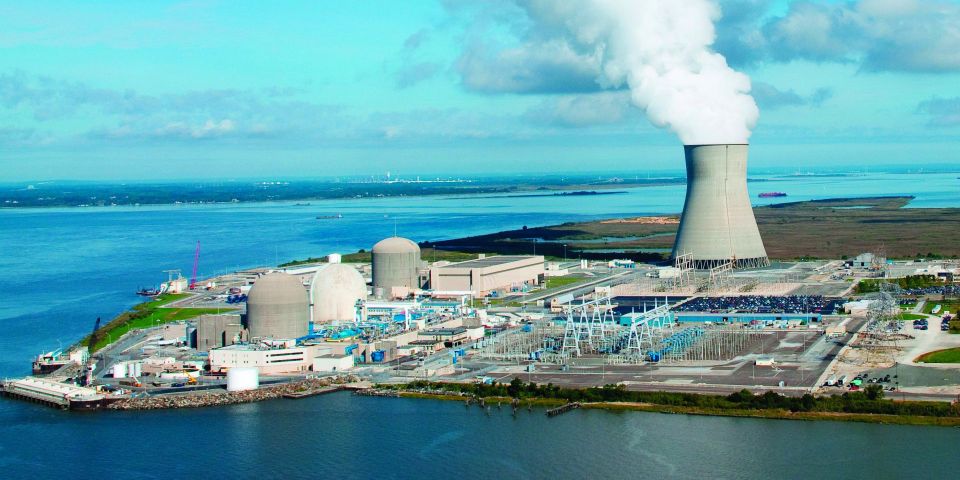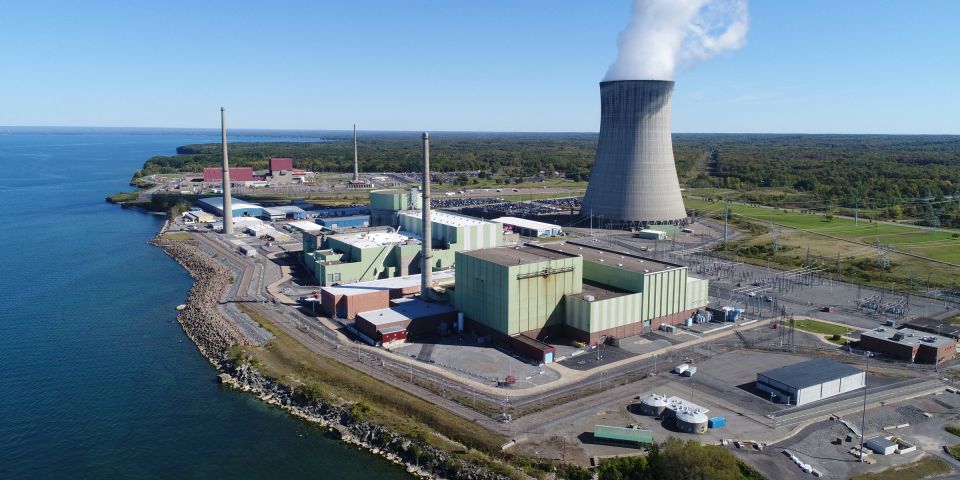The issues at hand: On December 22, 2023, the U.S. Treasury Department and the Internal Revenue Service released proposed language about qualifications for the 45V Clean Hydrogen Production Tax Credit created by the Inflation Reduction Act (IRA).
The Treasury published draft rules saying that to receive lucrative 45V tax credits for producing clean hydrogen, the energy used must not be diverted from the grid but be “additional” energy created specifically to power the electrolysis process used to produce pure hydrogen from water.
This approach from the Treasury Department shows the value of the current nuclear fleet as low-carbon grid assets but places areas that have a lot of existing nuclear—like Illinois—at a disadvantage. However, existing nuclear plants could potentially access credits for hydrogen production through the “avoided retirements approach.” As described in the proposed language, this possible addition to the final rulemaking would have the Treasury “treat energy attribute certificates from an existing electricity generating facility as satisfying the incrementality requirement if the facility is likely to avoid retirement because of its relationship with a hydrogen production facility.”
Some opponents to the avoided retirements approach believe that at-risk nuclear plants would divert most or all of the power produced to generating hydrogen instead of providing clean power to the grid, requiring new generating assets—which could well be natural gas plants—to account for the loss of nuclear power. More likely, however, is that existing reactors would produce clean hydrogen only when the electric output isn’t needed, such as during negative price scenarios.
Many supporters of clean hydrogen have reached out to the federal agencies in support of the technology, and American Nuclear Society members are encouraged to do the same.
Background: A study commissioned by Princeton University noted that hourly matching can add considerable costs to hydrogen production but said the 45V tax credit would be lucrative enough to compensate for those costs while driving the market development of better hourly matching mechanisms.
Constellation Energy, the largest nuclear company in the United States and owner Illinois’s nuclear plants, also supports a mandate for hourly matching.
However, Constellation is requesting for exemptions to additionality, asking the government to decide that hydrogen made with behind-the-meter generation from existing plants qualifies for tax credits. The MachH2 hydrogen hub proposal calls for an electrolyzer at Constellation’s LaSalle nuclear plant in Illinois, which could provide behind-the-meter electricity. But this electricity would still represent clean power that otherwise could have been sent to the grid, critics say.
Constellation has also argued against adding carbon emissions related to the nuclear supply chain when calculating hydrogen’s lifecycle greenhouse gas emissions.
Quotable: “Keeping an open mind about the source of hydrogen should promote innovation. There are huge unexplored opportunities to find or make hydrogen that remain out of the mainstream—for now,” said Jonah Erlebacher, founder and chief technology officer of ETCH Inc.
.jpg)






